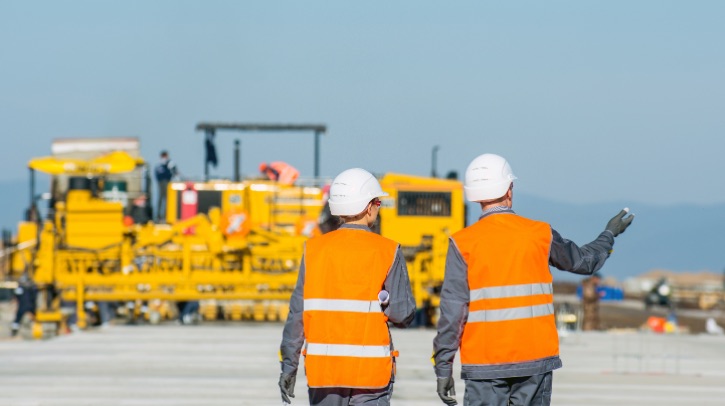Western Sydney International (Nancy-Bird Walton) Airport (WSI) has released its Preliminary Draft Master Plan, which outlines the airport’s key plans and broader ambitions for growth and opportunity over the next two decades. The masterplan has been drafted to meet the increasing demand for aviation services in Sydney, which is set to double over the next 25 years, the airport states.
Key pillars of WSI’s masterplan
The airport’s masterplan is composed of four sections. The first, the introduction, covers airport facilities and infrastructure and provides context about the masterplan process and the relevant legislative requirements. Second is the planning context, which provides an overview of the strategic planning context and outlines the airport’s envisaged growth, including passenger and cargo forecasts. Next in the plan is the sustainability section, which overviews WSI’s sustainability vision and strategy. The draft concludes with its forward plans, which set out WSI’s long-term plans for sustainable growth, including land use, airside development, terminals and aviation support, ground transportation, utilities development, non-aviation development and airport safeguarding.
Simon Hickey, CEO of WSI, said, “Our vision over the next two decades is for WSI to become the gateway of choice to Australia and the world – connecting people, places and opportunities. Beyond the direct A$5.3bn [US$3.5bn] investment to build the airport, state and federal governments have also invested more than A$17bn [US$11bn] in rail and road infrastructure that’s connecting the west to the west and the west to the rest like we’ve never seen before.”
Stakeholders and community members have been formally invited to provide feedback over the coming months, with consultation concluding on Tuesday, September 2, 2025. The plan will then be submitted to the federal government for endorsement, with a finalised plan expected to be published in the first half of 2026.
Local jobs
WSI’s plan forecasts 6,000-8,500 airport jobs by the time passenger numbers reach 10 million annually around 2033, presenting employment opportunities for people living across Western Sydney and beyond.
“Greater connectivity enables more job opportunities and business growth. In fact, forecasts indicate investment in NSW will be A$96bn [US$62bn] higher by 2063, with A$85bn [US$55bn] of that increased investment in Western Sydney, due to WSI’s development and its related investments,” said Hickey.
“For the residents of Western Sydney especially we have and will continue to help create thousands of job opportunities – closer to their homes and families. During construction around half our workforce came from Western Sydney and a third were learning on the job through apprenticeships and the like – and as we look to the future, the opportunities will be even more diverse and will grow in line with aviation demand.”
Regulations
Commonwealth-leased airports are required to submit a masterplan in accordance with the planning framework contained in the Airports Act 1996, which must then be renewed every five years to update strategic plans for the airport site and support opportunities for community engagement.
Hickey said, “As Sydney’s only 24-hour domestic, international and cargo gateway, WSI is well placed to meet our global city’s significant growth and offer greater choice for airlines and travellers, while driving progress for Greater Sydney, our state and our nation. Our plan charts this pathway to greater prosperity for all of Sydney and covers a diverse depth and breadth of issues and opportunities from future aviation needs and long-term land uses to sustainability initiatives and environmental management as well as flight paths and noise mitigation measures.”
In related news, Fraport Group has begun working with WSI, providing specialist support over the coming months to help ready the airport’s operational readiness program ahead of the opening of commercial operations in 2026. Click here to read the full story

